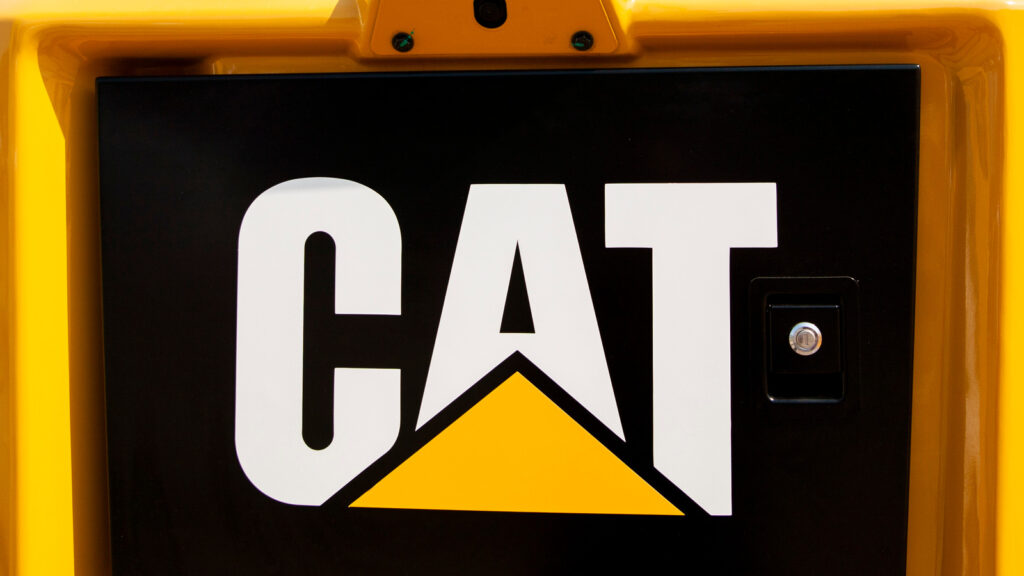If you’ve followed CAT’s connection to the truck industry over the years, you know that the company stopped making on-highway truck engines in 2010 after focusing primarily on engines powering off-highway heavy equipment for over a decade. This brought an end to an esteemed tradition that began in 1939 when the company’s six-cylinder, 90-horsepower D468 became the first engine designed specifically for trucks. CAT’s second truck engine, the D312, began appearing in trucks in 1940, but both engines were discontinued as the company’s focus changed with the outbreak of World War II.
The company did not return to the truck engine market until the 1960s, developing some powerful engines such as the dual overhead cam 1693, which some truckers claimed was capable of over 425 horsepower. A decade later, CAT was contracted to supply Ford with its 1100 series engines, which quickly established the company as a major player in the trucking industry. CAT continued to innovate in the truck engine field over the next few decades, supplying truckers with the popular 3300 and 3400 engines in the 1970s and the fuel-efficient 3406 and 3408 engines in the 1980s. The 3406 and 3408 engines were best-sellers until they were discontinued in the late 1990s.
But the company reached new heights in the early 2000s, with the C16, C7, C13, and the 625-horsepower C15 (affectionately known as the “King of the Hill”) becoming some of the most respected truck engines in the industry. Though the company stopped making on-highway engines at the end of the decade, C-Series engines still power trucks on the road today.


